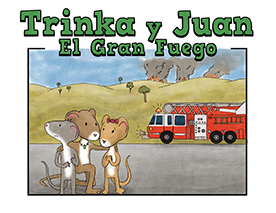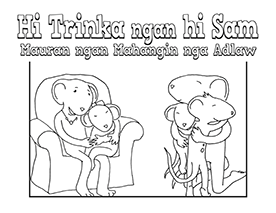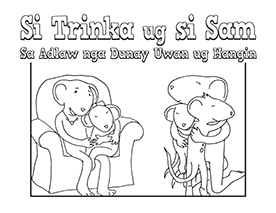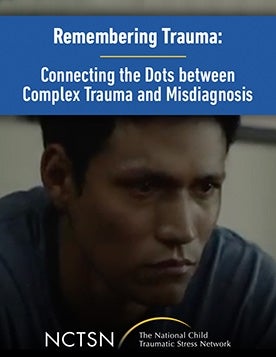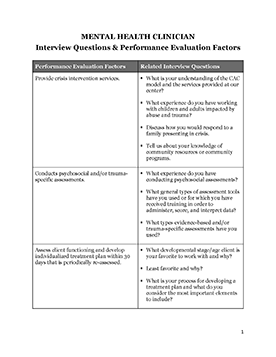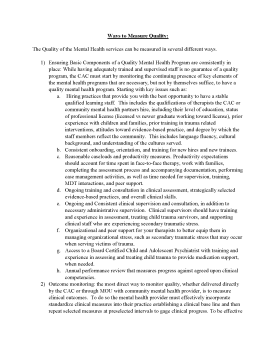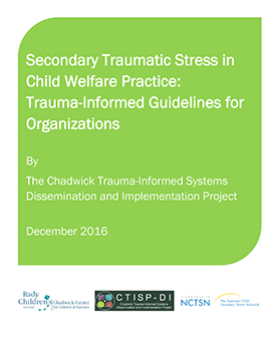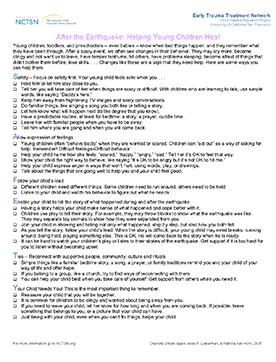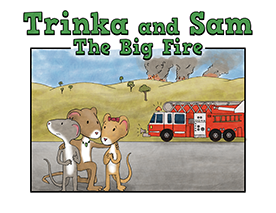
Trinka and Sam: The Big Fire
Helps young children and their families talk about feelings and worries they may have after experiencing a large-scale fire, like a wildfire. This children's book describes some of Trinka's and Sam's reactions and talks about how their parents help them to express their feelings and feel safer.
